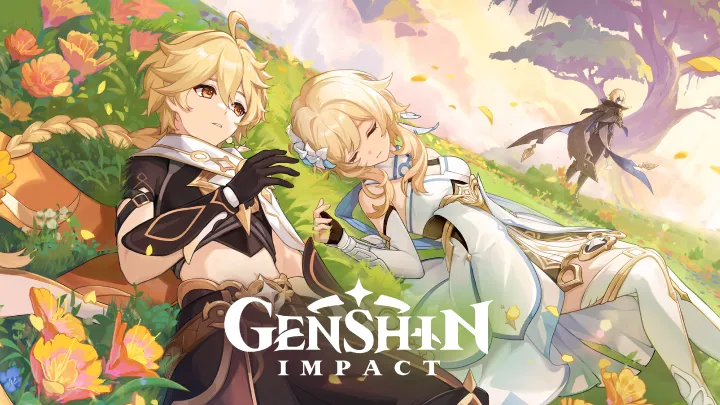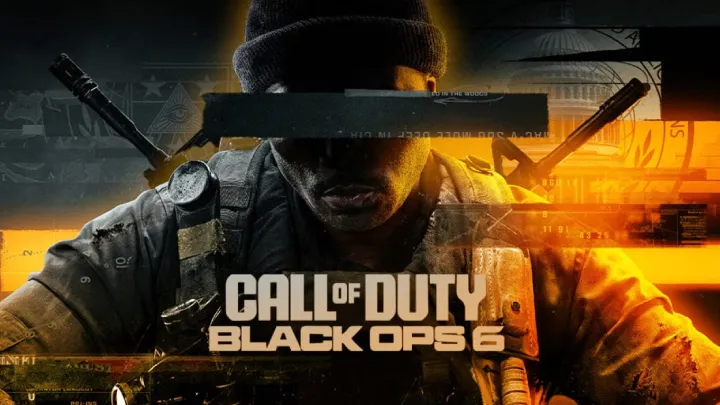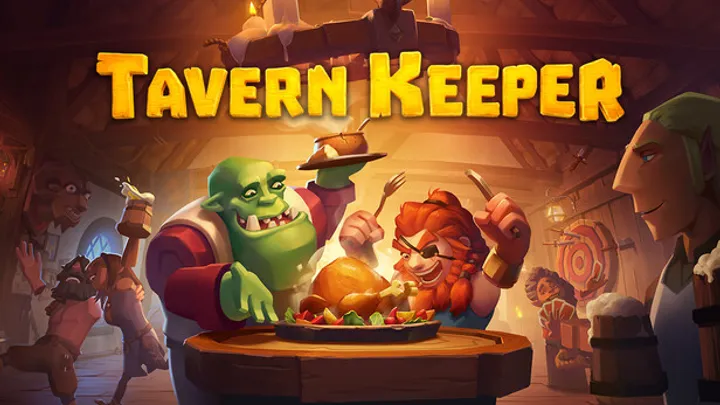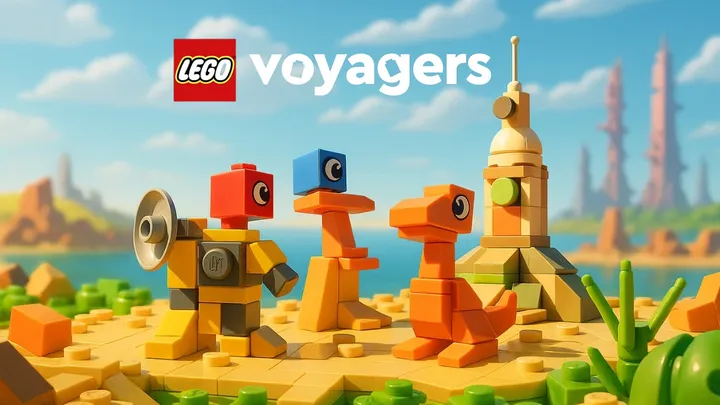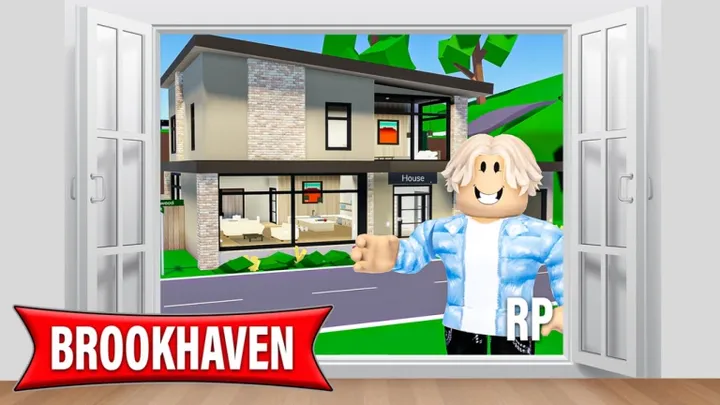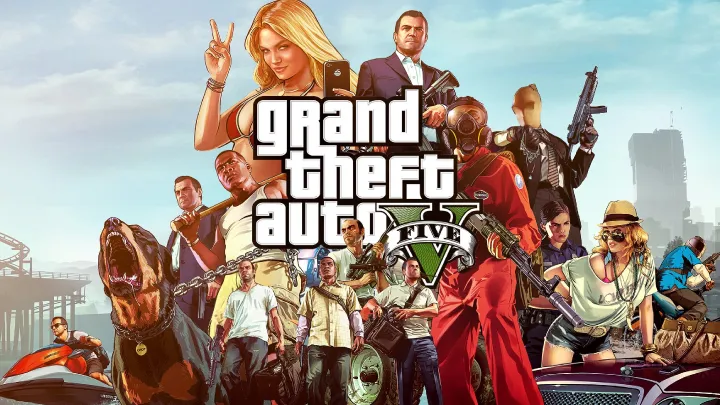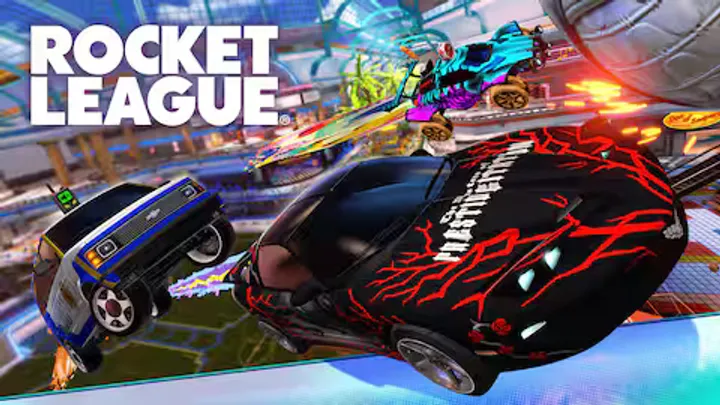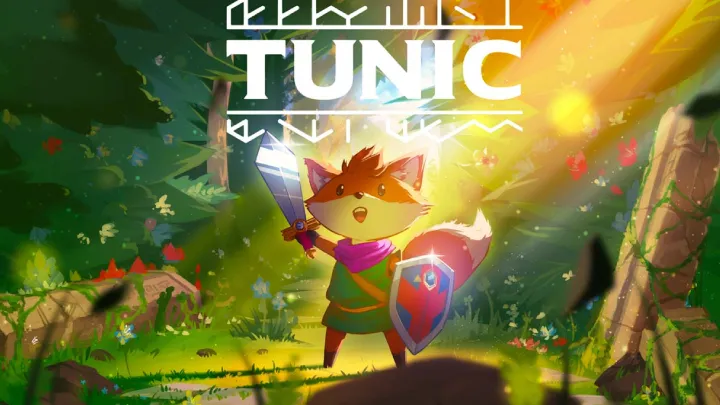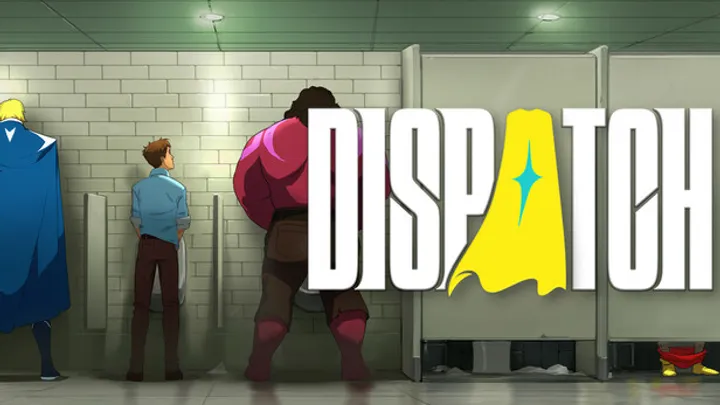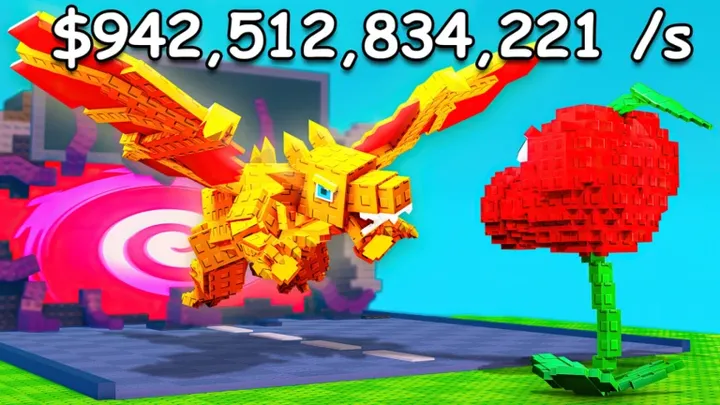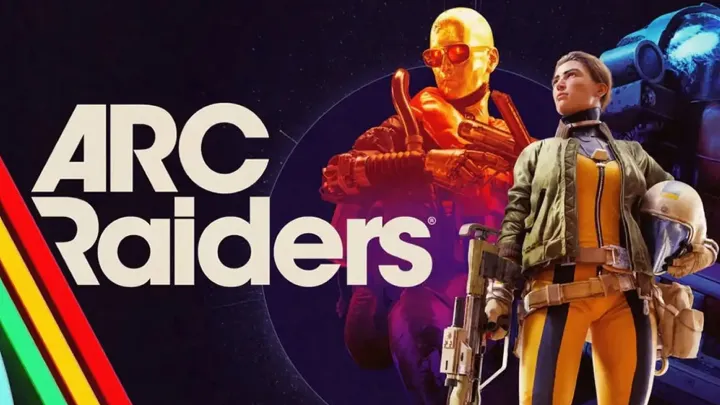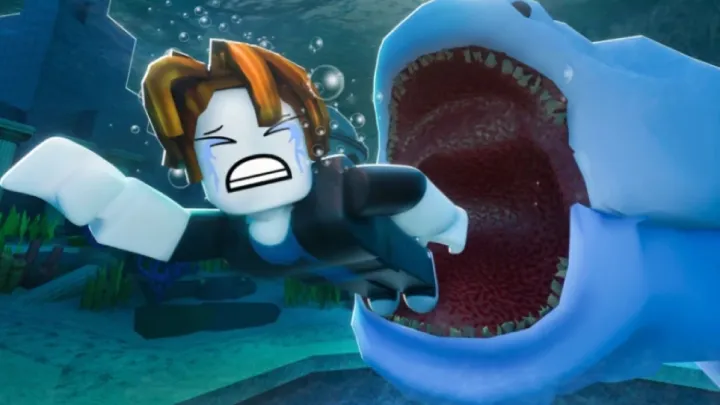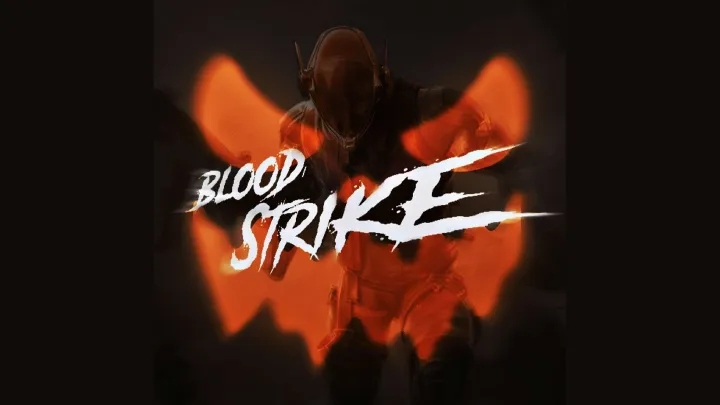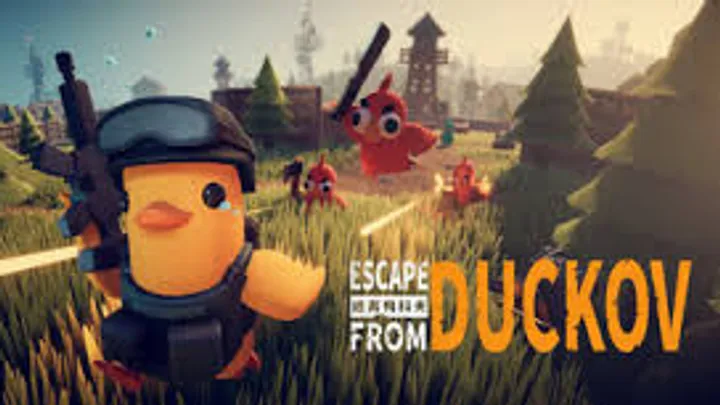Introduction
Sonic Rumble, developed by Sega and published for Android, iOS, and PC, is set to launch globally on November 30, 2025, following its Pre-Launch 2 phase that began on October 11, 2025. This free-to-play multiplayer party game marks the first battle royale title in the iconic Sonic the Hedgehog series, pitting up to 32 players in chaotic survival battles within a toy-themed world created by Dr. Eggman. Showcased during its closed beta in May 2024 and highlighted in player-shared gameplay clips from the Pre-Launch phase, the game offers customizable characters, diverse game modes, and a subscription option to remove ads. Priced with optional in-game purchases, it generated buzz after its announcement at Summer Game Fest 2024, with early feedback praising its vibrant design and multiplayer chaos, though some noted technical issues and balance concerns. This review explores its narrative, world, gameplay, and technical execution based on the Pre-Launch 2 experience to assess its potential as a Sonic party game.
Narrative & Storytelling
Sonic Rumble crafts its narrative through a player-driven storyline that emerges through competitive matches and character interactions. Players control toy versions of Sonic characters like Sonic, Tails, and Dr. Eggman, with the story unfolding through pre-match briefings and in-game events within Dr. Eggman’s toy world. The narrative arc centers on becoming the top Rumbler by winning battles, with key moments—such as a clutch ring grab or a squad victory—adding a sense of triumph and rivalry. These moments foster a blend of fun and competition, evolving from casual races to intense showdowns.
However, the lack of a deep overarching plot might leave some wanting a richer narrative, as the experience relies on emergent stories—player strategies, match highlights, or cosmetic unlocks—that depend on individual engagement. The storytelling excels in its lighthearted Sonic charm and competitive spirit, though its depth hinges on the participant’s investment in the battle royale action, making it a thrilling spectacle for those who embrace its playful tone.
World & Environments
The world of Sonic Rumble centers on a series of toy-inspired arenas, featuring diverse maps like Green Hill Zone, Scrap Brain Zone, and new thematic stages, rendered with a colorful, toy-like aesthetic. The environments shift with each match—rotating obstacles, dynamic lighting, or seasonal themes—enhanced by interactive elements like ring pickups, power-ups, and destructible props, creating a dynamic backdrop. Sound design, with sprightly Sonic tunes, crowd cheers, and portal effects, builds an immersive atmosphere, while visual effects like character skins or explosion animations add tactical variety.
Yet, the focus on fixed arenas might limit environmental evolution over time, as the emphasis remains on combat zones rather than a living world. The design prioritizes a fast-paced, evolving setting, which could feel repetitive for players seeking broader exploration. Community feedback from the Pre-Launch 2 phase celebrates the visual upgrade and Sonic nostalgia, though some note balance issues with stage layouts, suggesting a world that thrives in action but may benefit from refinement to sustain engagement.
Gameplay Mechanics
Core Loop
The core loop revolves around survival battles and ring collection, where players compete and customize within 5-10 minute sessions, offering a quick rhythm. The cycle of racing, dodging, and scoring drives a compelling flow, encouraging frequent play.
On-Field Mechanics
The gameplay hinges on party game mechanics, where players use portals, speed boosts, and power-ups to outmaneuver foes, with tactical depth added by team coordination and ring strategies. Multiplayer focus introduces variety, though balance issues with portal utility can disrupt flow. The mechanics reward skill and teamwork, demanding mastery to overcome their chaotic challenge.
Mode-Specific Features
The primary modes include Run, Survival, and Ring Battle, with objectives like finishing first, outlasting others, or collecting rings providing goals. Customization options and new modes like Rumble Ranking add variety, while leaderboards offer competition. The range of activities caters to different playstyles, but balance adjustments for mode pacing and portal effectiveness lag, a point raised in Pre-Launch 2 feedback.
Progression & Multiplayer
Progression includes earning rings, unlocking skins, and upgrading skills, balancing effort with aesthetic and competitive rewards in a system that feels rewarding based on initial play. The game supports multiplayer with up to 32 players, with real-time squad play, though server issues limit accessibility. The progression and multiplayer elements thrive on skill mastery, requiring refinement to enhance fairness.
Technical Execution
Sonic Rumble delivers a visually vibrant experience with its colorful graphics, smooth animations, and dynamic effects, optimized across mobile and PC with modest requirements. Pre-Launch 2 updates have addressed stability, with patches like the October 2025 UI improvements adding content, though occasional glitches like latency, crashes, and optimization issues persist. Audio impresses with iconic Sonic tracks and interactive sounds, though repetitive loops can detract over long sessions.
Controls are responsive with precise inputs, offering a natural feel on touchscreens and controllers, though the lack of advanced customization limits versatility. Ongoing updates are refining core systems, but initial technical hiccups suggest continued optimization is needed. The execution supports the party focus, with visuals and audio as strengths amid polish challenges.
Community Feedback
Sonic Rumble has cultivated an excited community, with early praise from the Pre-Launch 2 phase for its movement, character customization, and Sonic nostalgia, though concerns about balance, server issues, and microtransaction prices surface from player discussions. Excitement for the Rumble Ranking mode and new stages is widespread, but frustration with latency and ad frequency persists. Community feedback drives development, sustaining interest, and player retention remains moderate, fueled by its free-to-play model and developer responsiveness.
Criticism centers on technical stability and monetization, with players noting latency and a desire for better anti-cheat or price adjustments, alongside debates over battle royale viability. The community’s active input shapes updates, reflecting a group eager to see the game evolve into a polished party experience, with initial pre-launch reviews showing a mixed but engaged reception.
Final Verdict
Sonic Rumble delivers a thrilling multiplayer party experience with its innovative portals and Sonic charm, celebrating a unique battle royale twist. Its variety and visuals shine, though balance issues and technical challenges pose hurdles. It’s a must-play for party and Sonic fans, with patience required as updates refine the experience ahead of its November 30, 2025 launch.














































